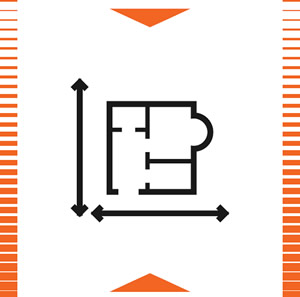Trend Toward Integrating and Extending the Impact of Spaces
 Eroding are the days of single-purpose,
dedicated, one-user
campus spaces. As higher education
resources constrain and institutions
look to revitalize or expand their physical
footprint, an emphasis on multi-use, flexible,
shared and applied space is emerging
to meet new expectations in form and function.
The physical must provide more than
space; it must bring together, extend the
reach and advance the institution’s impact.
Eroding are the days of single-purpose,
dedicated, one-user
campus spaces. As higher education
resources constrain and institutions
look to revitalize or expand their physical
footprint, an emphasis on multi-use, flexible,
shared and applied space is emerging
to meet new expectations in form and function.
The physical must provide more than
space; it must bring together, extend the
reach and advance the institution’s impact.
Multi-use, flexible, shared space
provides a platform for the integration of
disciplinary work supporting multidisciplinary
education, research and scholarly
and creative pursuits. Collaboration labs,
informal learning spaces and maker spaces
provide rich opportunities for integration
and application of diverse knowledge,
skills and abilities.
Emerging space designs support greater
institutional engagement with their communities
and provide a valuable outreach
and partnership opportunity. General use
and informal spaces are further designed
to be open, flexible and accessible, and
conveniently located for access, as well
as to embrace community interaction. High-cost, high-tech, specialized learning
and research facilities will be increasingly
leveraged through multi-institutional and
industry/organizational partnerships.
The design of space that supports
integration of function and extension of
engagement will advance applied learning
environments where knowledge and application
will foster innovation, discovery, entrepreneurship
and creation with impact.
About the Author
Lynn D. Akey, Ph.D. is assistant vice president for Institutional Research, Planning and Assessment at Minnesota State University, Mankato, and SCUP At-Large director.